insect biodiverity E184 module 1
1/68
There's no tags or description
Looks like no tags are added yet.
Name | Mastery | Learn | Test | Matching | Spaced |
|---|
No study sessions yet.
69 Terms
Phylum Arthropoda
bilateria divide into diffrent phyla, diversication called cambreian explosion, arthropods
-jointed appendages
-segmented bodies
-chitin exoskeleton (molted away)
-open circulatory system
What are the sub phyla of hexapods?
Crustacea, Arachnida
Sub phylum- Hexapoda
this is a subphylum of arthropods
-three pairs of jointed legs
-three main body parts (head, abdomen, thorax)
-two antennae
Enthognatha
major class of hexapods
-no flight
-no compound eyes
-ametabolous
Insecta
hexapoda broke off into enthognta and insecta, insecta
-three pairs of jointed legs
-(head abdomen, thorax)
-two antennae (same as hexapods)
+compound eyes,
+wings (sometimes lost)
+metamorphosis (entognatha don’t have this)
Ametabolous
no metamorphosis, from egg as egg hatches and insect develops it grows and grows shedding exoskleton but does not have discrete number of growth stages, sheds throughout it life and all stages are morphologicaly identical
Hemimetabolous
incomplete-fixed number of stages
instars, insect passes through between egg to adult
Nymph stages (first set) differ from adult stage
Everything up to hemimetabolous before adult changes morphologicaly, one most obvious distiniction is that it gains wing, also becomes reproductively mature
Holometabolous
complete metamorphosis( moths and butterflies)
ex. beetle egg up until puppa fully different typically larvae- caterpillar all holometabolis have larval instars, just like hemimetabolist have fixed number of instars, go through complete metamorphosis Adult looks nothing like the larvae
Anterior
nearer the front, towards the head
posterior
further back, nearer hind end
Ventral
relating to belly, located near or toward lower surface of an animal
Dorsal
upper side of an animal, the back
distal (apical)
situated away from the center of the body or point of attachment
proximal (basal)
towards center of body or point of attachment
lateral
of relating to the side
medial
towards the middle center
cuticle
- outer layer beneath this is the epidermis, the epidermis secretes cuticle, cuticle is made of chintin these are long chains of molecules bond to eachother they sclerotize depending on sclerotization it makes it thicker
segmentation and tagmosis
Fundamental to all arthropods, tagmosis combining of multiple segments into fewer segements to make new body parts, ancestral common ancestor have been reduced through tagmosis
head
major body part front, has 6 segments
thorax
three segemnts, middle portion
abdomen
last portion, 11 segements
sutures
each neighboring segment is joined to eachother through sutures
Sclerite
-sclerotized plate anywhere on the body
sclaritized plate in segment and within segment there can be single plate that goes across or there could be more flexible cuticle; which is conjunctival membrane
body types- ametbaolous
egg
nymph (before repoductive age)
adult
this is where adult and nymph are identical, no set number of stages
body types- hemimetabolous
egg
nymph
adult
set number of nymph instars and single adult, adult distinct from nymph (has wings and mature)
body types holometabolous
egg
larvae (immature instars)
puppa
adult ( distinct from immature stages)
head
has the compound eye
ocellus singular visiual organ( more like intensity)
mandible ( sclaritized part used to cut )
palps (used to manipulate food)
antennae
scape- base attach to head
pedicel next segment
flagellum all of following segments can differ from insect to segement
cab end in club thick end flagellum
or have artisa which are spiky parts
if it has a bend then theres a funicle
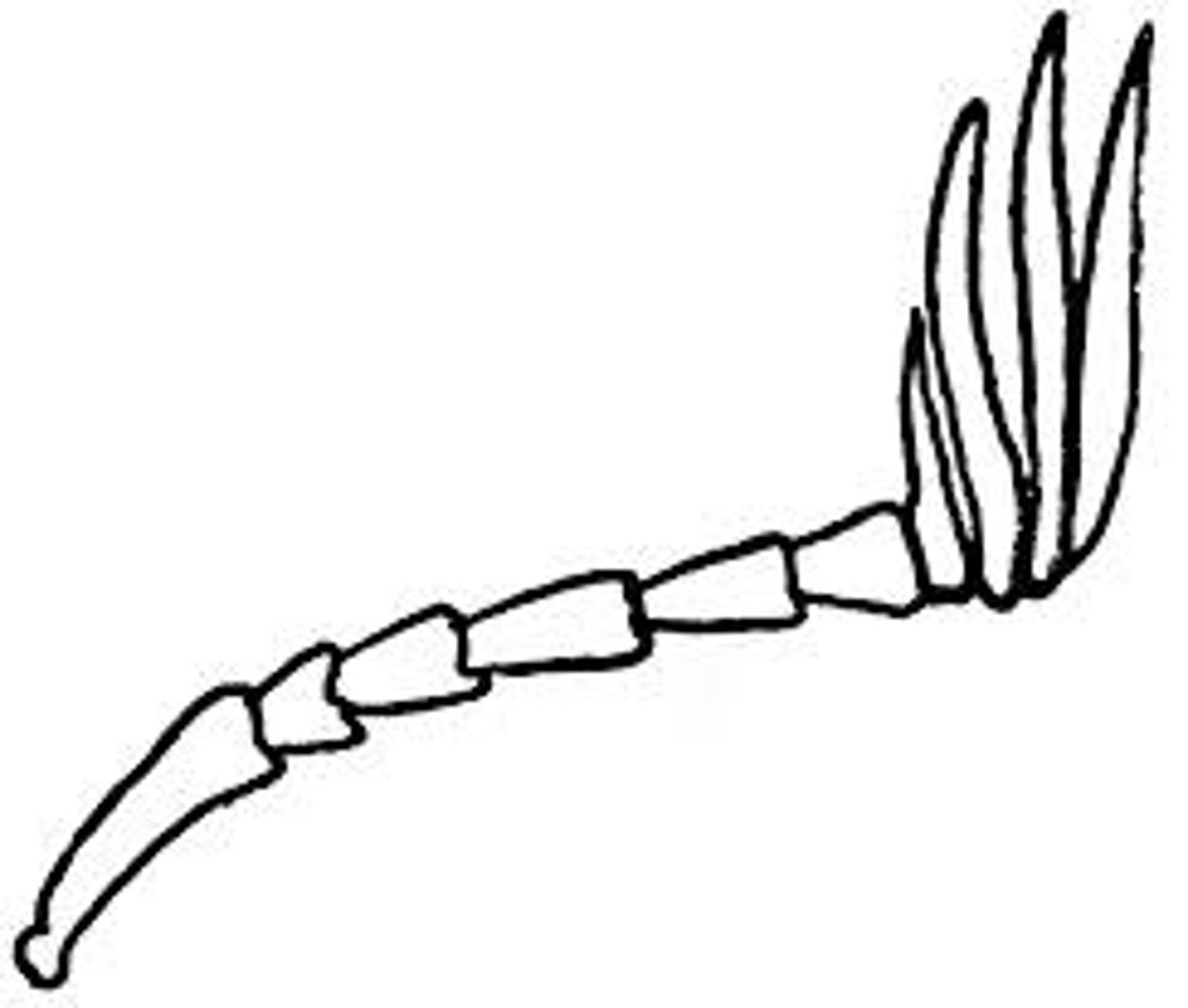
Thorax
3 segments
prothroax (front)
mesothorax(middle)
methathorax(end)
each of these has legs pair
wings attach to meso or methathorax called ptetorax
spiracles
between segments for respiration tiny holes
sclerities
hard plate on top bottom of all, names for these
on bottom are called sternities
on top are called nota
theres specific one on prothorax called pronotum
scutum- refered to plate on meso and metha
plates also refered to as tergites if drosal top
side plates pleurites
nota specific to thorax
insect legs
segments joined in arthropods parts we should know coxa, base as visble to you, where leg emerges from pluerite, then trochanter it is joint between coxa and femur, after that is tibia then tarsus this can have multiple segments
may end with claws

wings
part of wing two section to know, one are veins these are scleritized rigid part give structure between it are cells these are much much thinner
elytra
in bettle, forwing frontwing, mesothroax are noncell, highly hard scleritized, like ladybug, all bettles that fly, true wings are hindwing, protected by elytra
hemelytra
where half elytra, front half is plate but back has vein and cells, serve some function
haltere
in flies, forwings from mesothroax has base and cells and hindwing shrunk called haltere works like gyroscope helps them navigate and do complex flight
tegmina
forewing is hardned, backwing used for flying, modified forewing used to protect backwing, only used in orthopoera, grasshoper etc
abdomen
last part
tergites and sternites, plate
tergite on top, sternites are on bottom, other sections are spiracles respiartory organs and at tip of apical end theres diffrent structures, cerceus projections and ovaposturs these lay eggs
hexapods
class insecta, enthognata
three pairs of jointed legs
three main body parts (head, abdomen, thorax)
two antennae
class entognatha
differ from insecta as they dont have compund eyes and are ametabolous and missing flight
apterygota (clade)
-archaeognatha and thysanura
-compound eyes
-flightless true insects
-ametabolous
pterygota
-paleoptera, odonata
-wings
-metamorphisis
-all pterygota wings cannot be flexed or laid down over the abdomen
Class Insecta, clades Pterygota > Neoptera (= 10 orders covered):
Wings (sometimes lost)
Wings can be laid down over abdomen
Includes the rest of the Hemimetabola and all of the Holometabola
Class Insecta, clades Pterygota > Neoptera > Holometabola aka Endopterygota (= 7 orders covered):
Wings (sometimes lost)
Wings can be laid down over abdomen
Complete metamorphosis
Collembola (6)
class: entognatha NOT INSECTS!!!!
ex. springtails
ametabolous
-wingless
-no compound eyes
-small soft bodied
-mouthpart inside head
-live in moist leaf litter
-able to propel themselves

Archaeognatha (5)
class: entognatha
ex. bristletails
ametabolous
-unwinged
-head downward
-large protruding eyes -thorax has hump
-cercie shorter than long cotal filament
-nocturnal, ground feeding
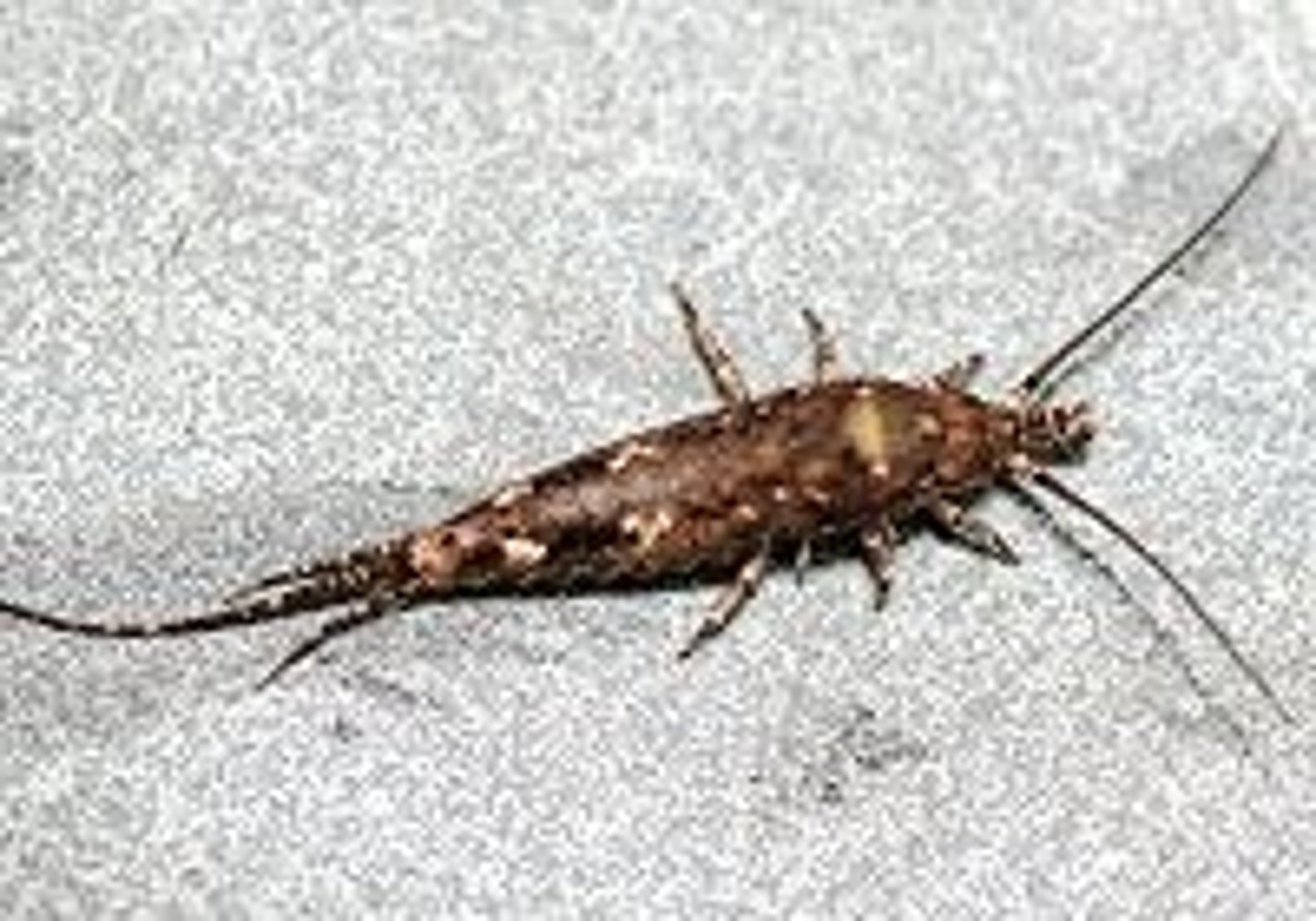
Thysanura (3)
class: entognatha
ex. silverfish
apterogyta
ametabolous
-3 long same size tails
-flattened
-feeds on trash

Odonata
class: insecta (pterygota)
ex. dragonfly, damselflies
-toothed
-predatory
-short bristle antennae
large eyes, long engogated body, chewing mouth part, 2 pair wings, net like wings with veins, have pigment cell making stigma, dont hold wing flat to abdomen, stigmata, pterygota, paleoptera, hemimetabola
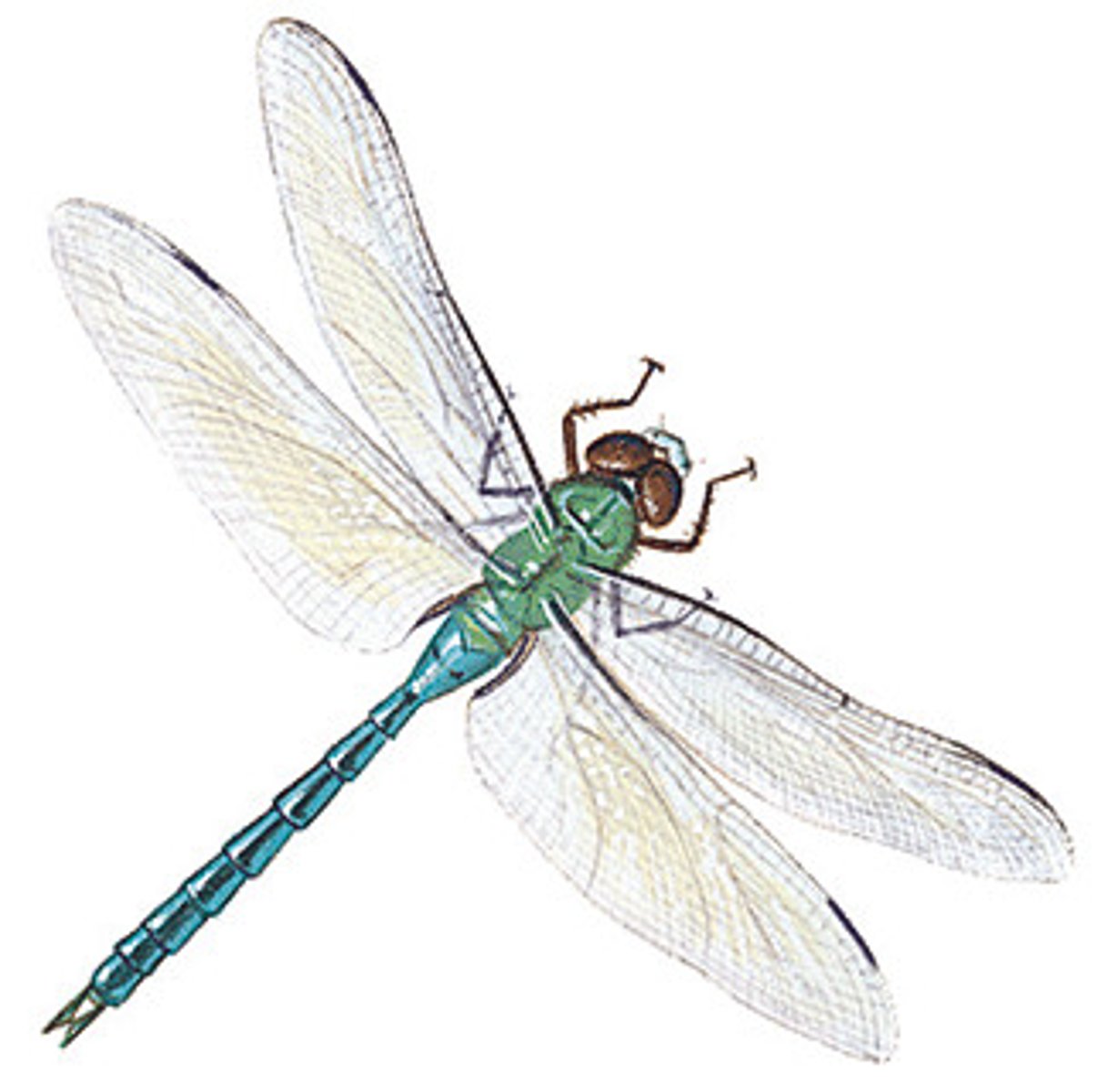
Dermaptera
neoptra- new winged
derma(skin)- thick skin (tegmina)
key trait - abdomen has forceps like cercie that are not segmented (pincher), just one structure, have tegmina wings, forwing modified
leathery skinwinglike protect hindwing, long slender antane
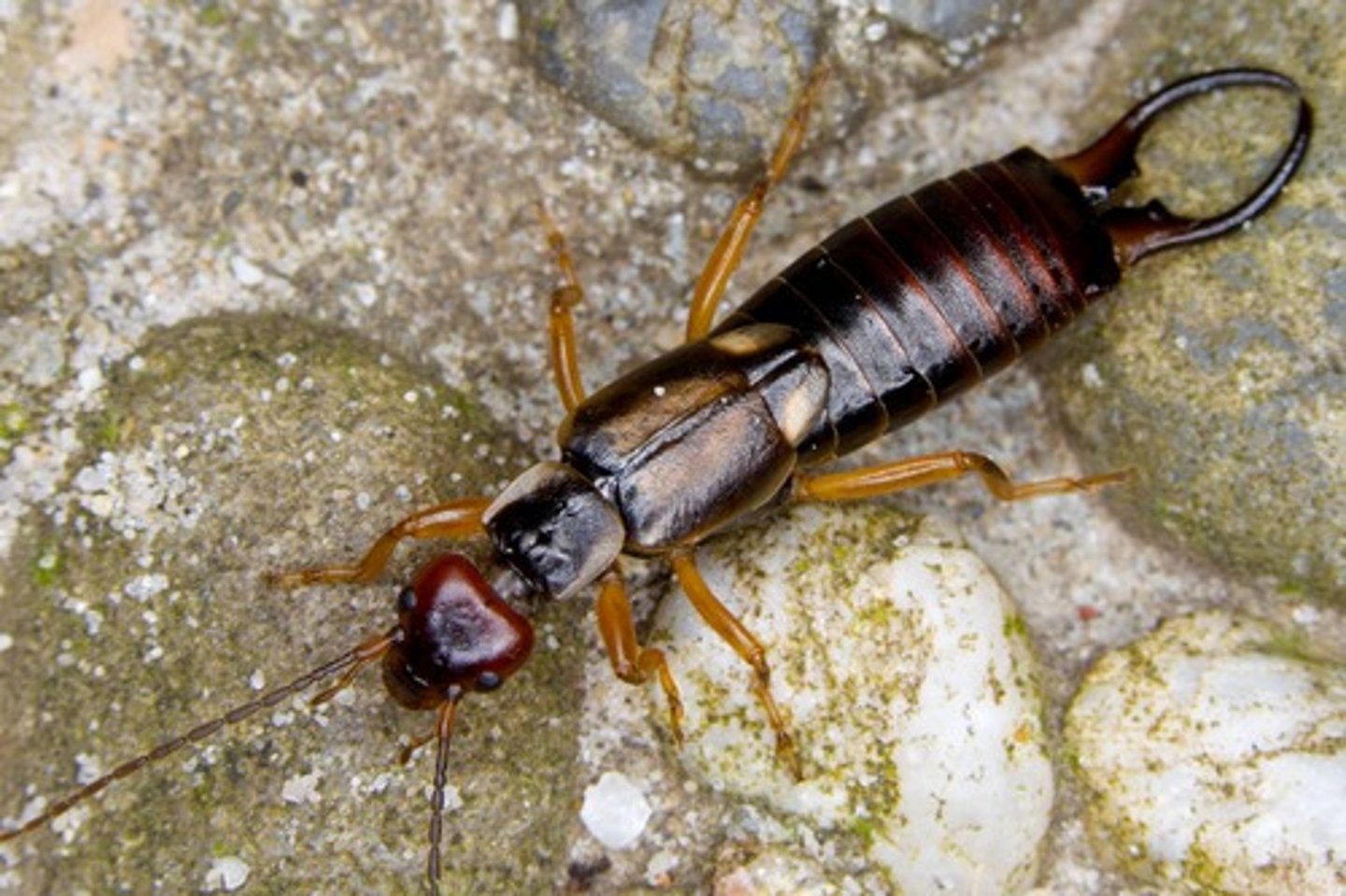
orthopoera
cricket, grasshopper, hindlegs
enlarged femur for jumping, 2 pairs of wings, have tegmina wings, developed compound eyes, have filiform antennae, chewing mouth part, hemimetabolous
JUMPING LEGS!!!
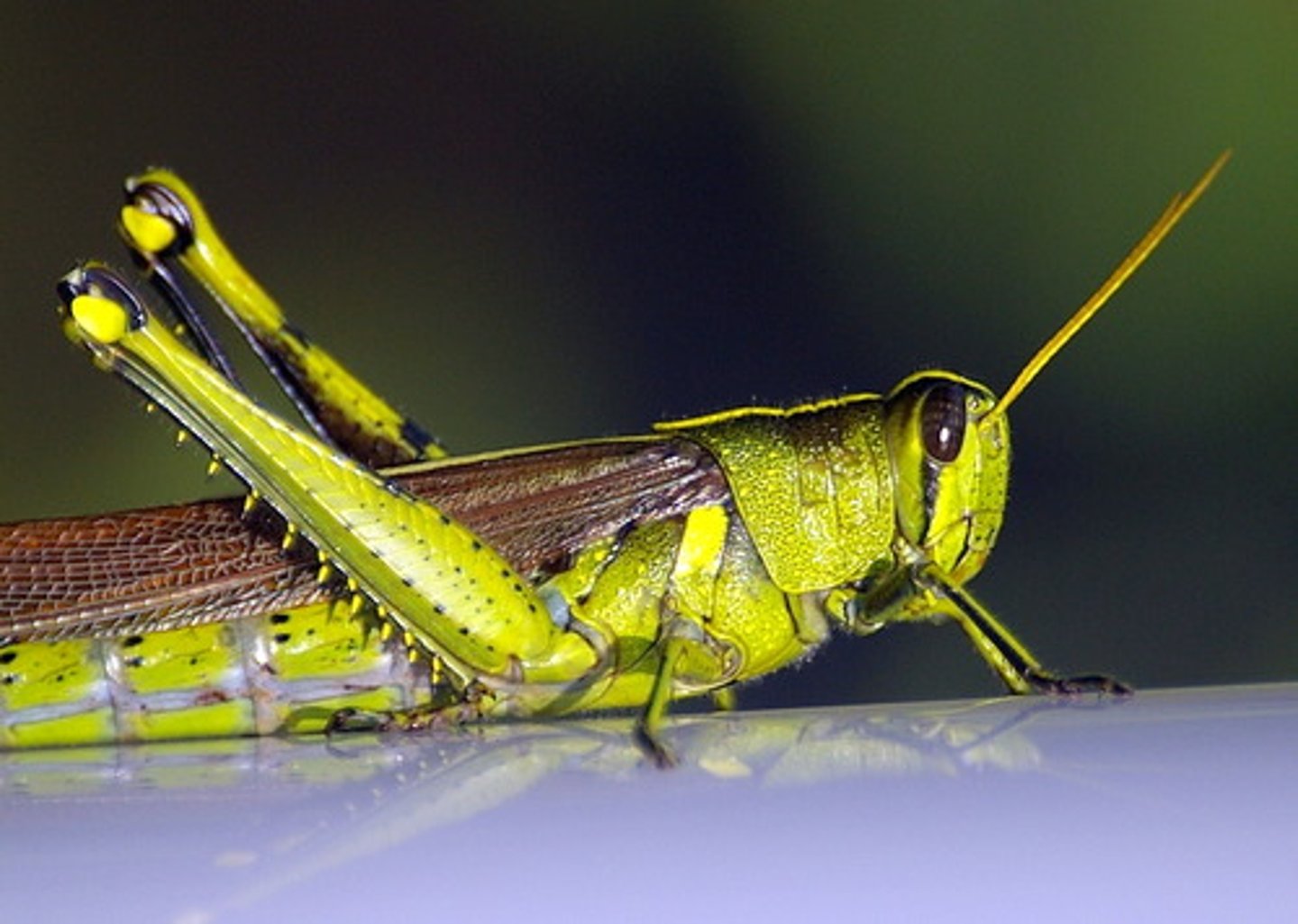
Phasmatodea
walking sticks, cryptic, hide variable
cryptic flat and wide, long slender, prothorax small, long length due to long meso/metathorax, mostly wingless, obvivorous, mimicry to represent plants

Mantodea
praying mantis, hemimetabolist, small head large antea large eyes, prothorax is elongated, head turns, leg grab things, tegmina (skin like plates to protect hindwings)
*mantis move heads back and forth (confuse predators?)
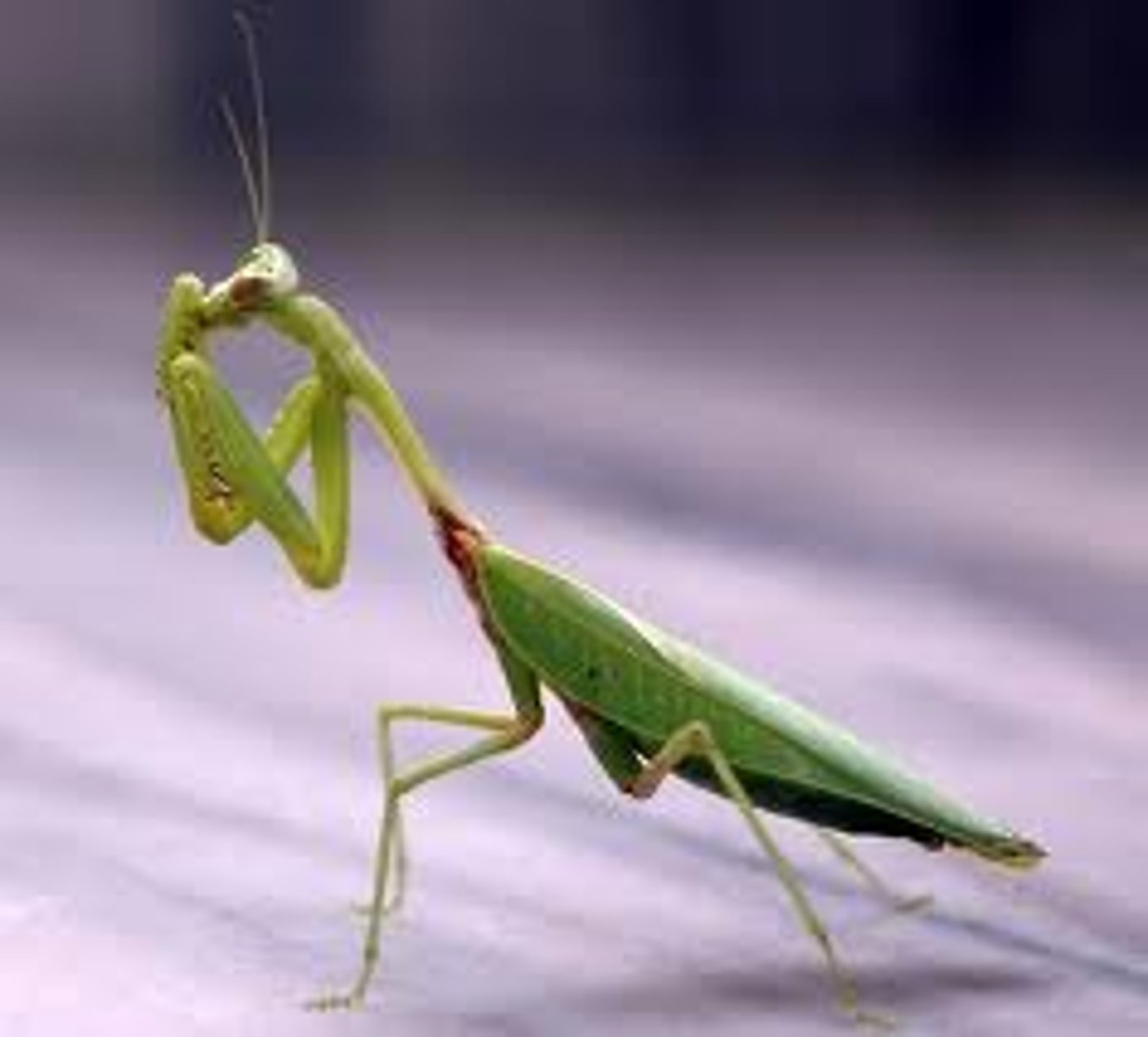
Blattodea
roaches
flat to ground, pronunced pronotum, plate on top enlarged press on head, long antennae, chewing mouth parts and main morphology, omnivorous, digest cellouse, long antenna, tegmina (forewing)
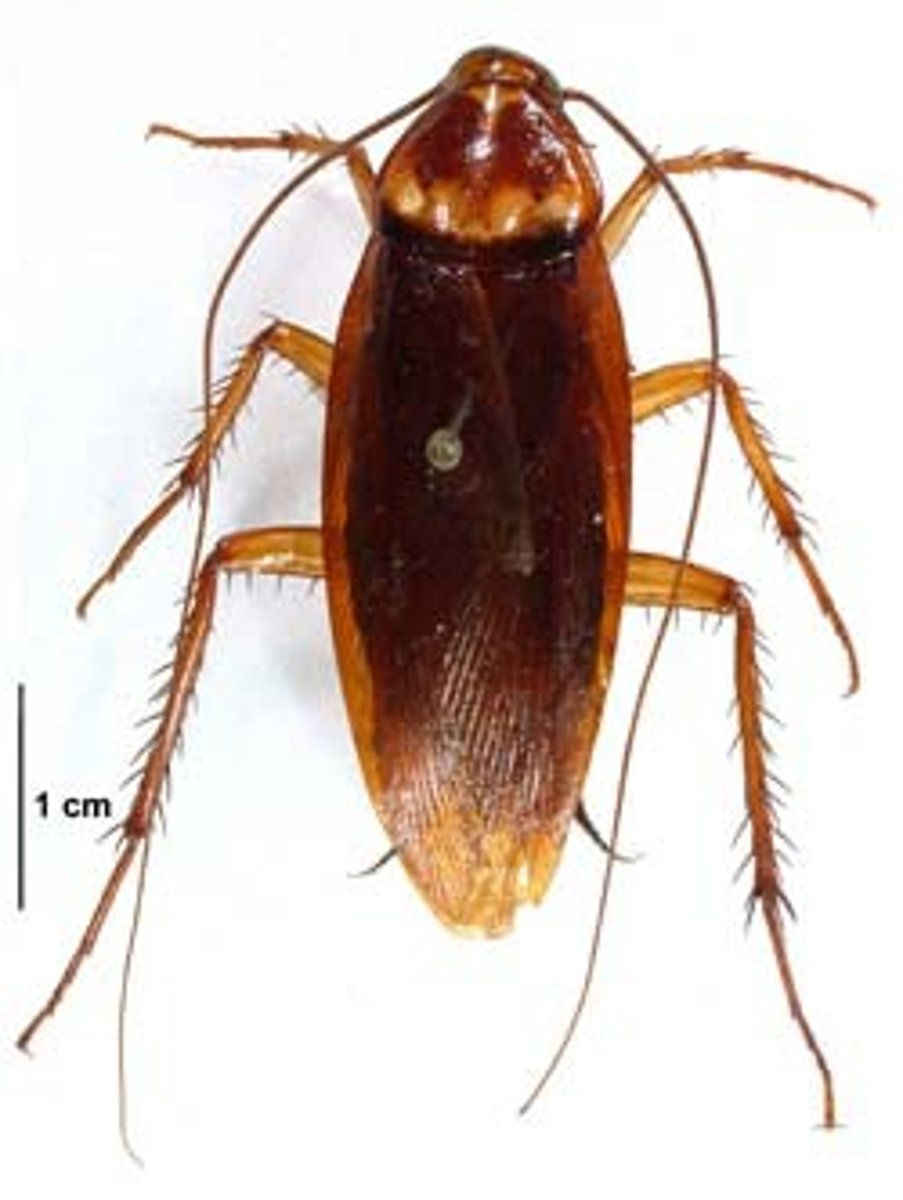
isoptera
termites, hemimeatbolist, long STRAIGHT anteane, reduced eyes, long mandible, head blockish, winged have two pairs of membranous wings

Psocoptera
Book and Bark Lice, large compound eyes on side of head, head has bolbous look, membarnous wings with few cells, big clear cells, held tent like, chewing mouth, long anteane, 2 pairs of wings*
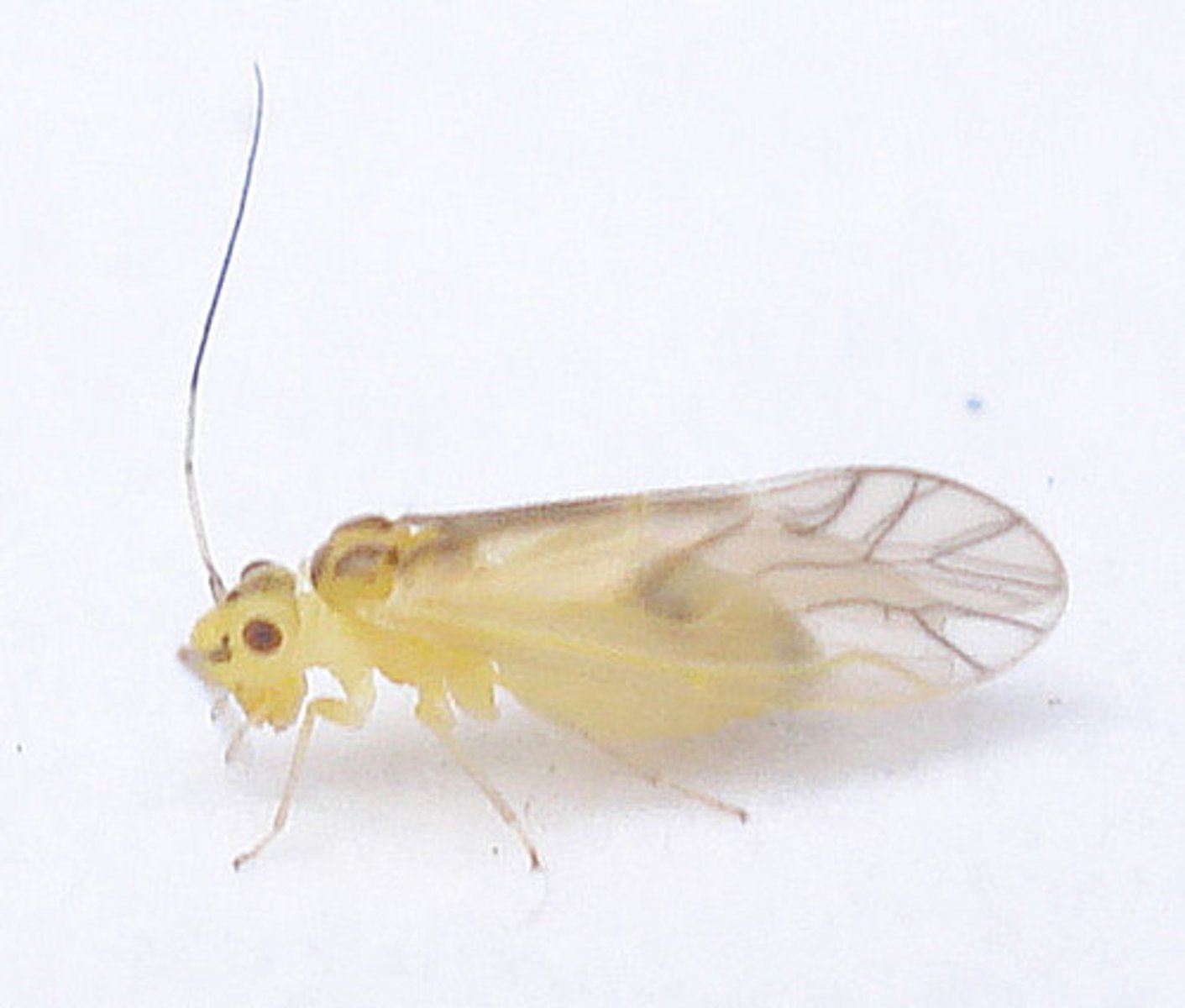
Pthiraptera
parasitic lice,
wingless
live on host; not move between host much
wingless
eyes are reduced or absent
dorsal ventrally flattened horizontally,
chewing and sucking mouthpart, well developed short legs

Thysanoptera
Thrips, long slender body, elongated head, piercing-sucking mouth (cell content feeders), can also suck, 2 pair feathery wings similar in size, boxy head, large eyes, obivorous
*lives in flowers
hemiptera
KNOW THE SUBORDERS!!!
known as "true bugs"
all have piercing-sucking mouth part
3 suborders: heteroprtra, auchenorrhyncha, sternochyptra
heteroptera (hemiptera subunit)
true bugs
all 3 have 2 pairs of wings, forewing is hemelytra (half elytra, forewing front is hardened), not completely sclerotized, front half hard pronotum enlarged and hemilytera make triangle (scutelum)
MOUTH + TRIANGLE !!!
Predatory

Auchenorrhyncha
(hemiptera subunit)
Cicadas and hoppers, feed solitarility, mobile move alot, wing tent like, pronotoum on top of thoracic segment can be modifed and enlarged
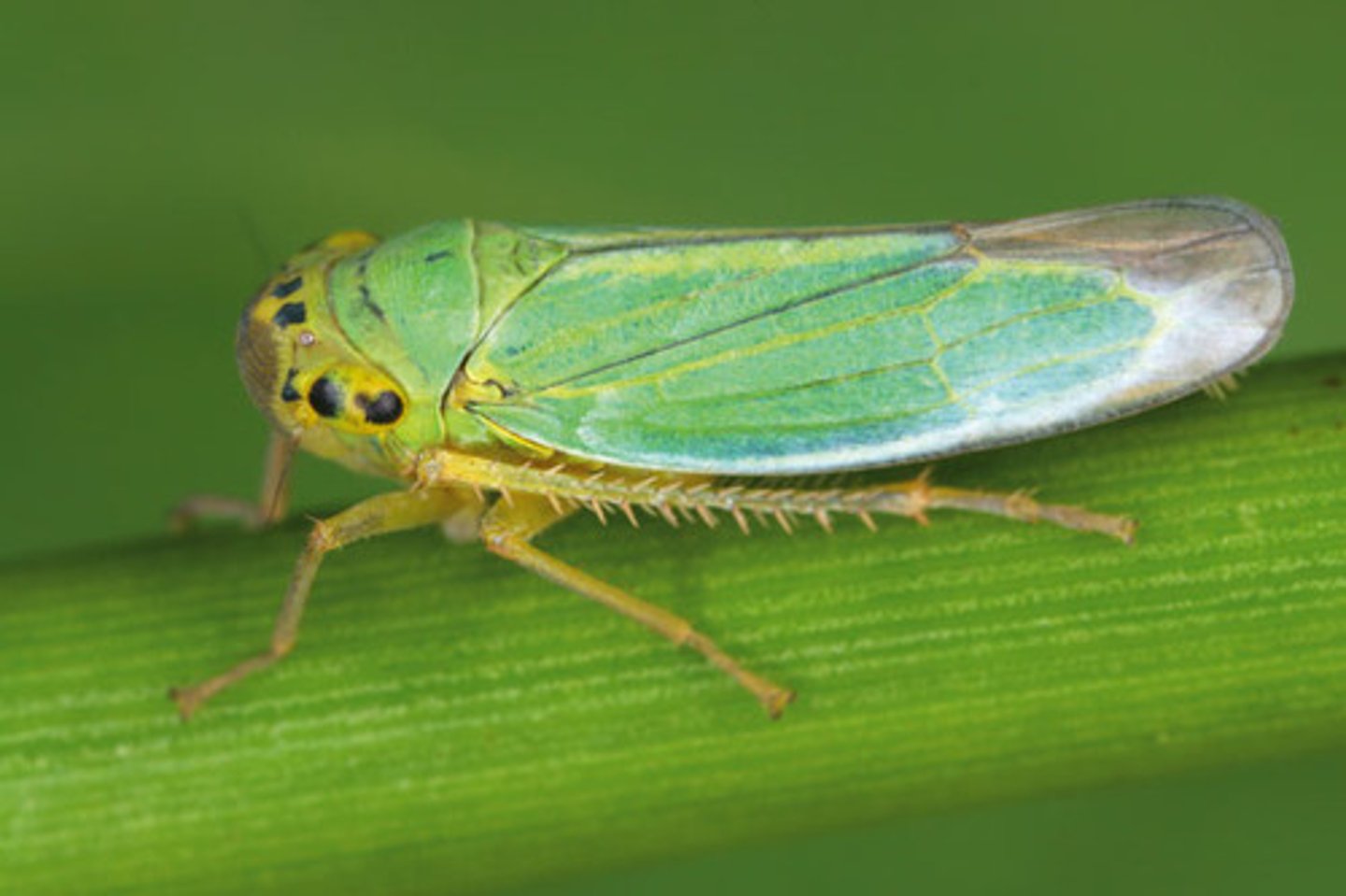
Sternorrhyncha
(hemiptera subunit)
aphids, whiteflies, scale insects (agricultural pests) smaller still hemi, softbodied, obvivorous,
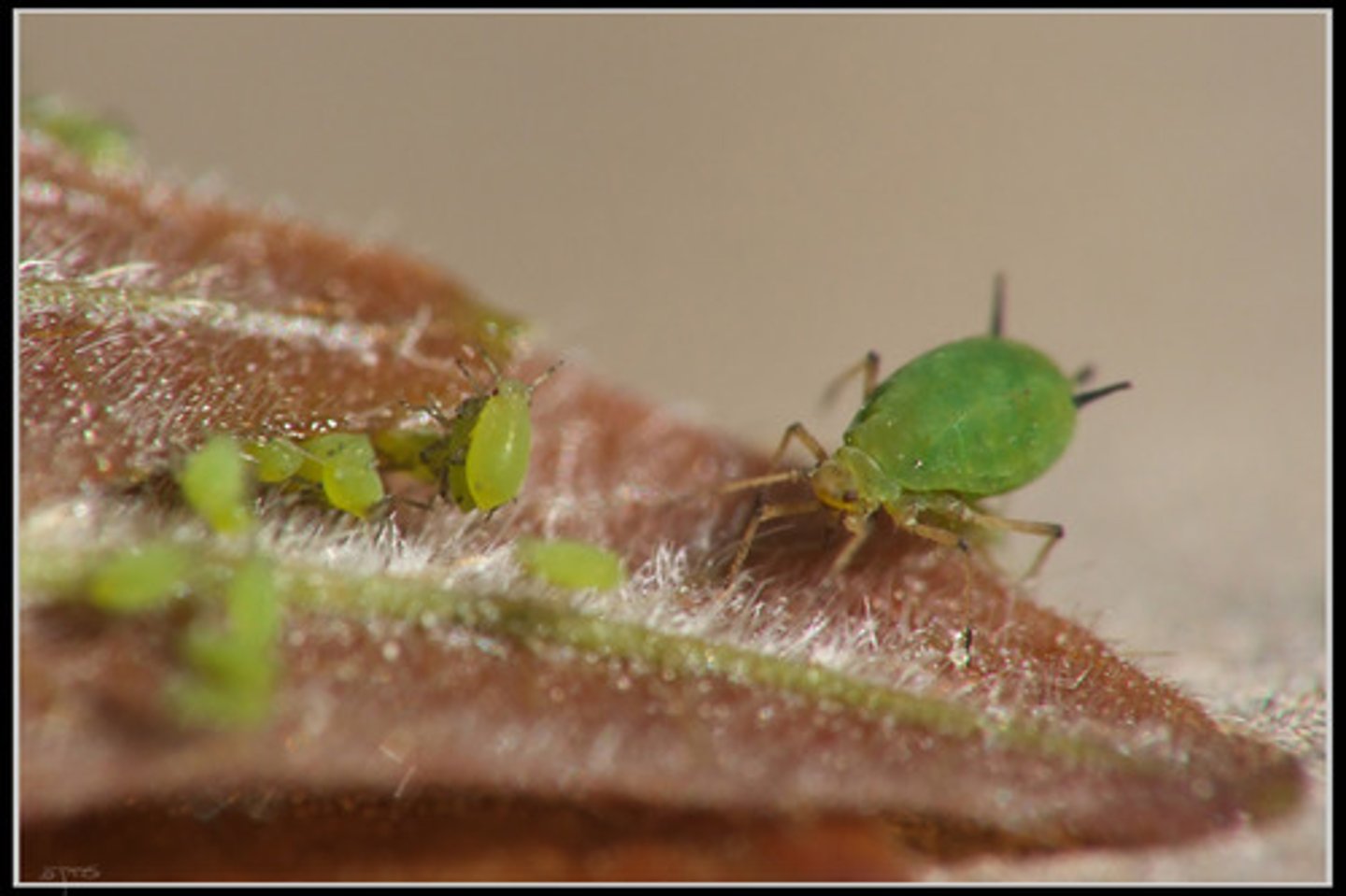
holometabolist
now holometabolist
immature are larvaewhen it goes through pupation reorganizes bpdy, chewing mouthparts, antennea
-neoptera,
Neuroptera (lacewings, antlions)
holometabolist
large eyes
preadtory
chewing mouth parts
elongated prothorax
long antenae
one charcteristic is that they have pincers in larvae stage
however in adult have pretty wings look like fairy, lacewing because many cell
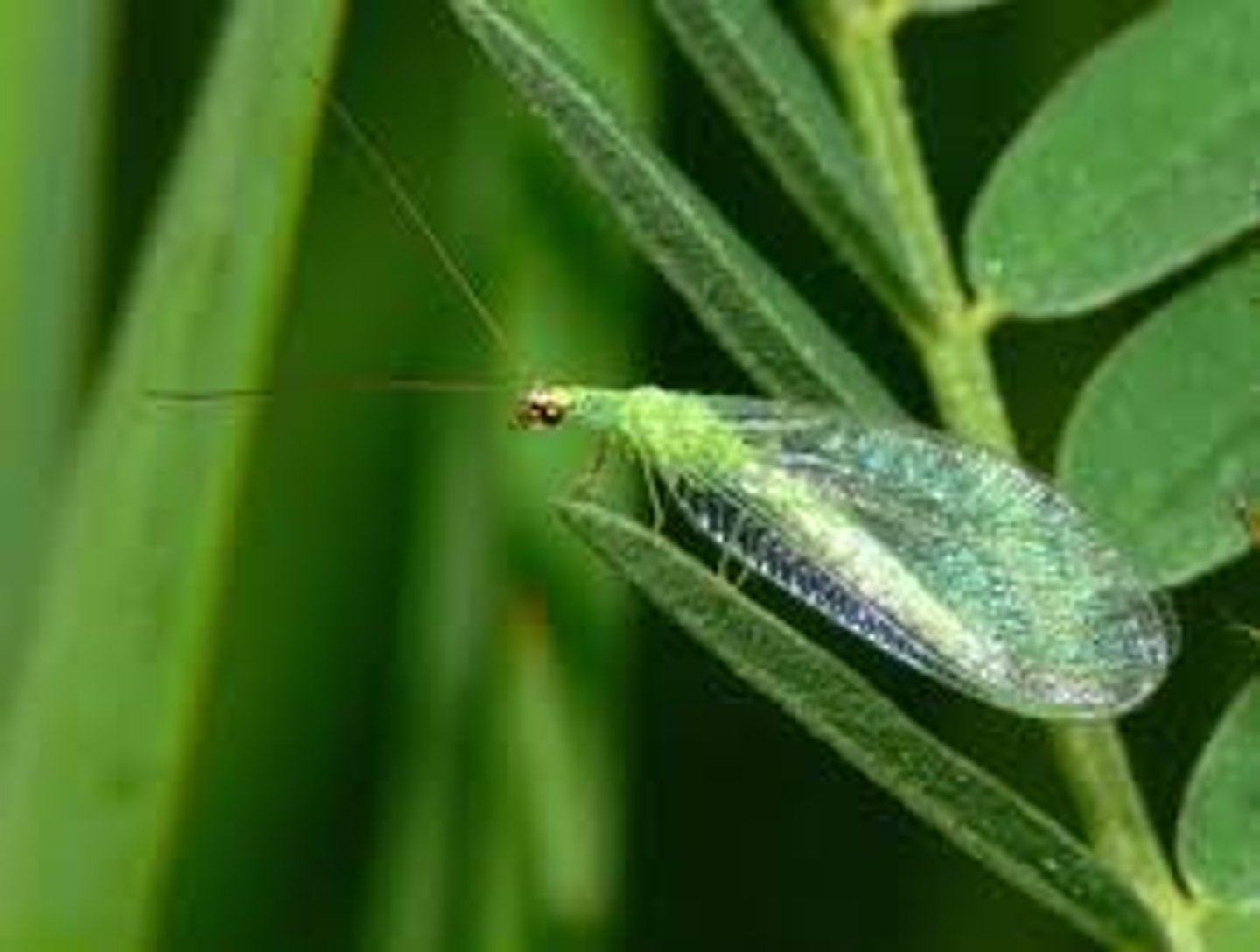
Coleoptera
beetles
key charcteristic have elytra forewing can be fused or beneat it wing
large pronotum
chewing mouth parts
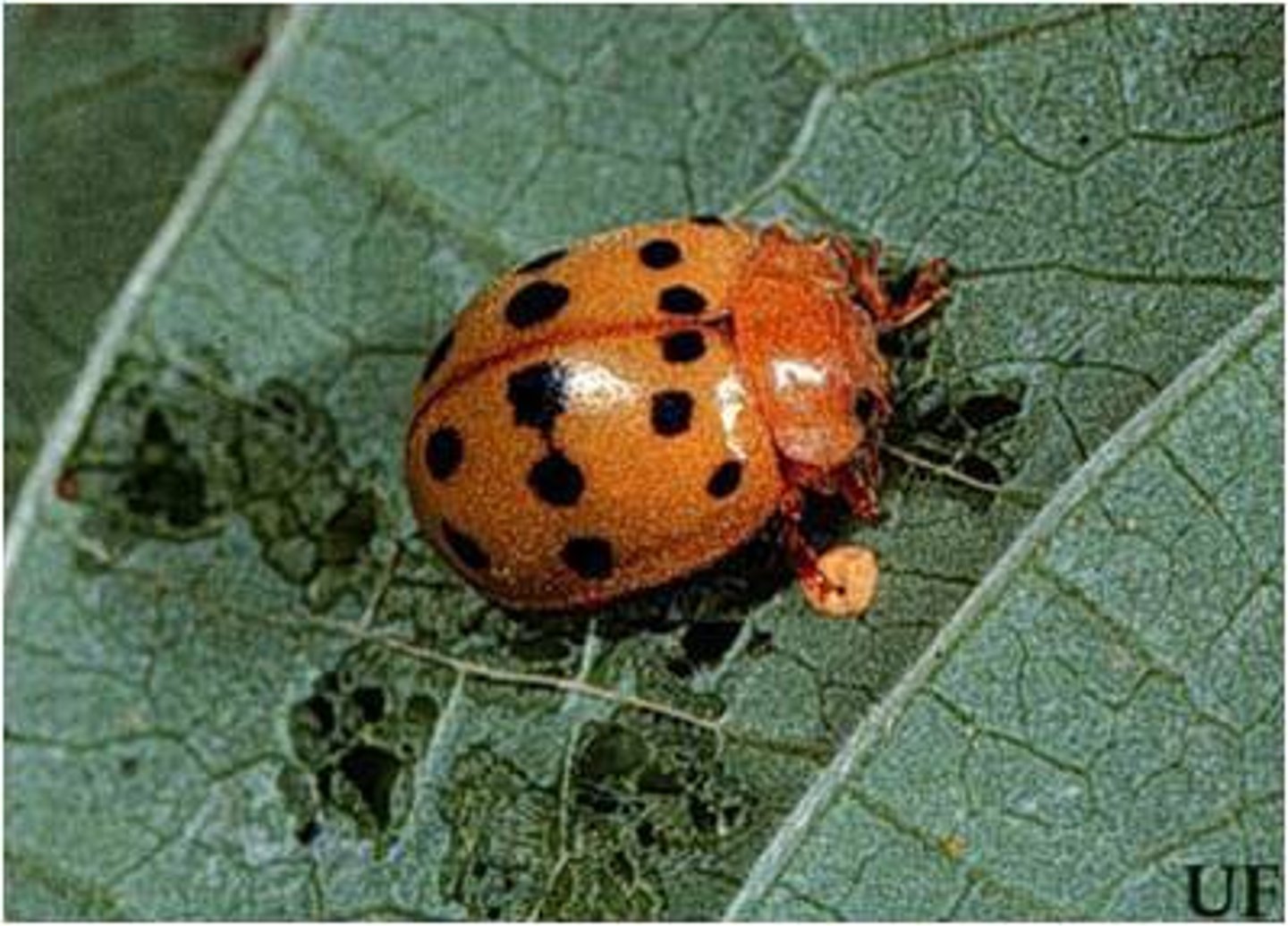
Diptera
holometabolist flies
one pair of wings
forewings only(mesothorax), hindwing made into halteres (metathorax), used to assist with flight
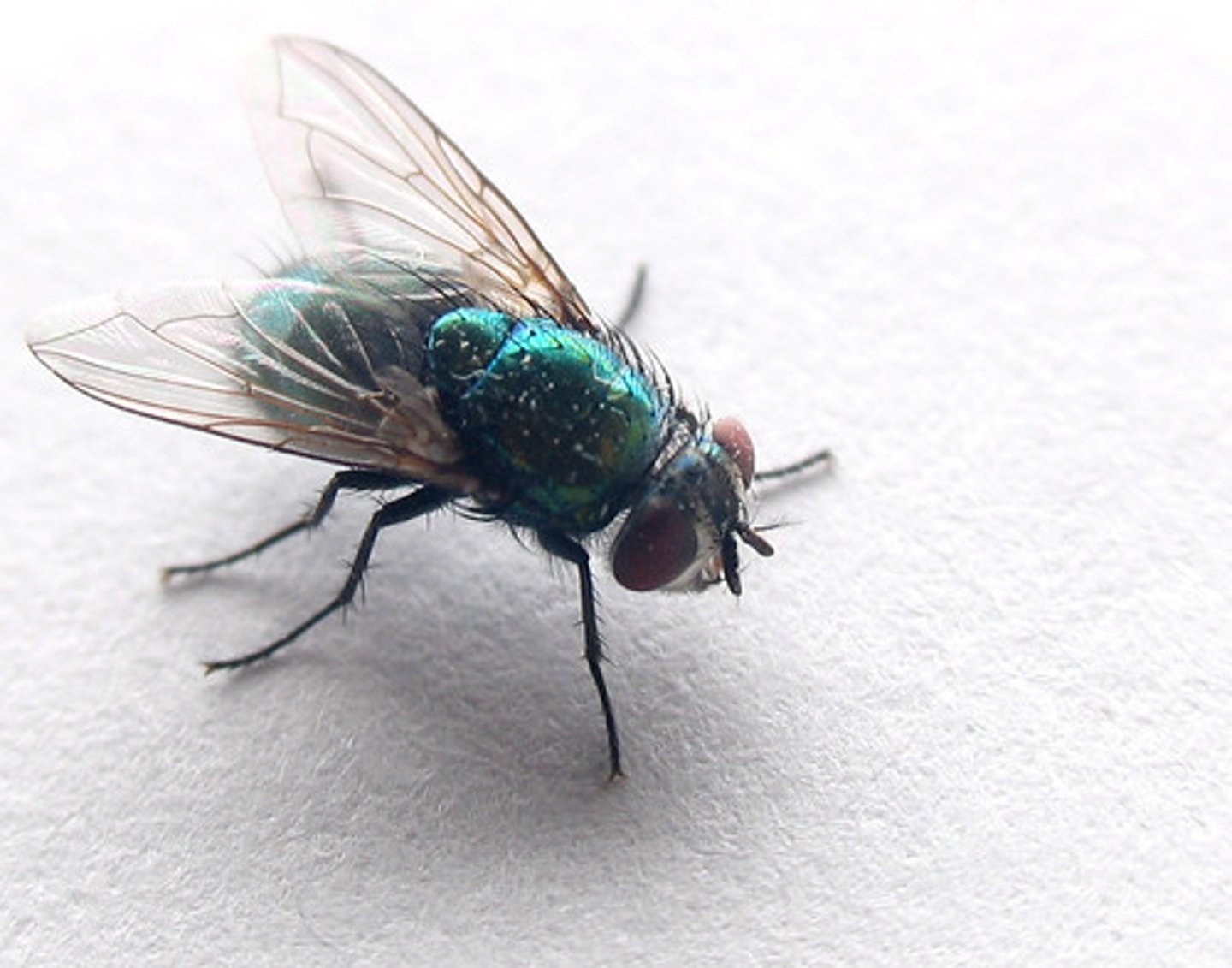
Siphonaptera
fleas, parasitic on birds and mammals, wingless, jumping legs, dorsoventrally flattened, sucking mouthparts, no antennae

Trichoptera
not on test
Caddisflies
look like moth but hairy wings, long antenna longer than wing
mandibles (no proboscis),

Lepidoptera
butterflies and moths
2 pairs of wings covered with scales
curled proboscis
adults only feed on nectar
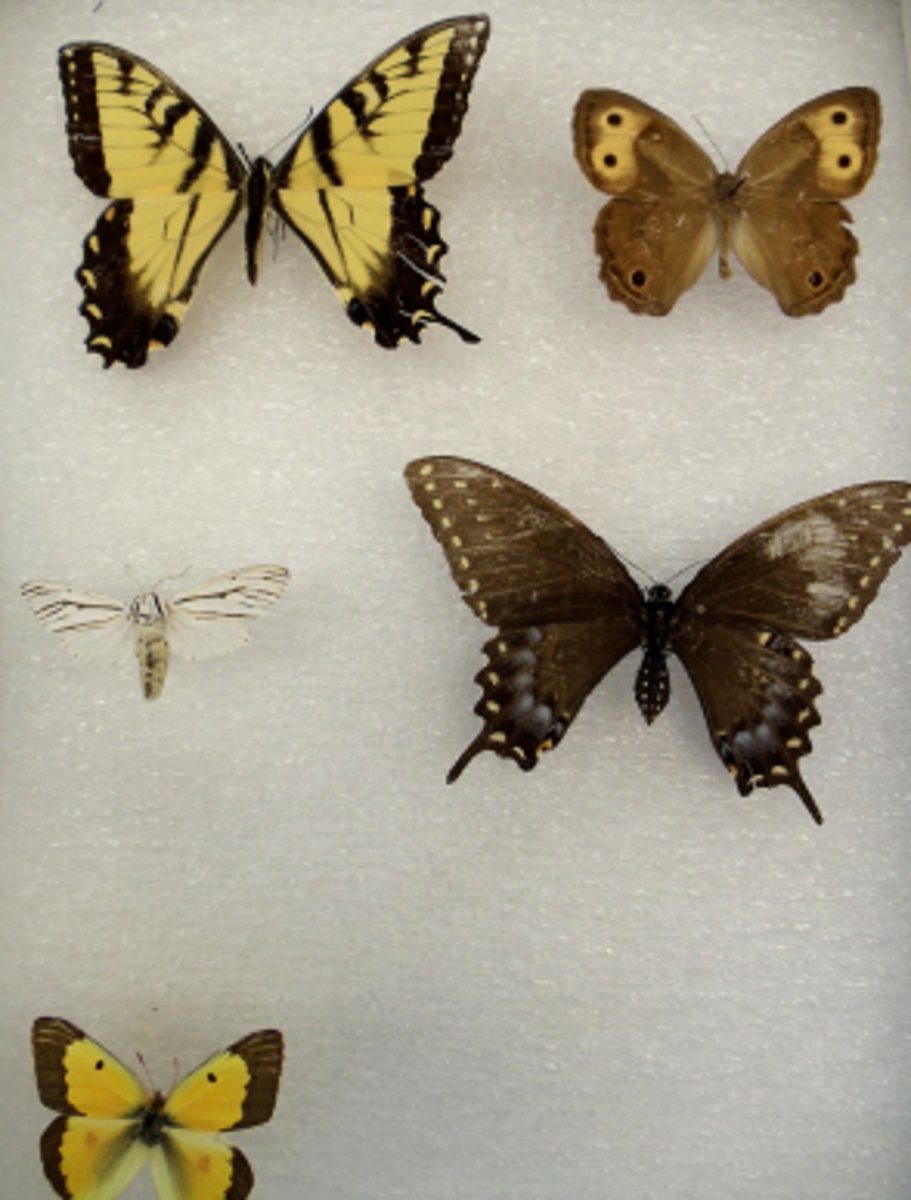
Hymenoptera
neoptra-holometabolist, ants, bees, wasps, sting, have constricted abdomen, wing joined with hemeli making it look like one wing but are two separate wings, elbowed 90 degree antenne (different from isoptera)
